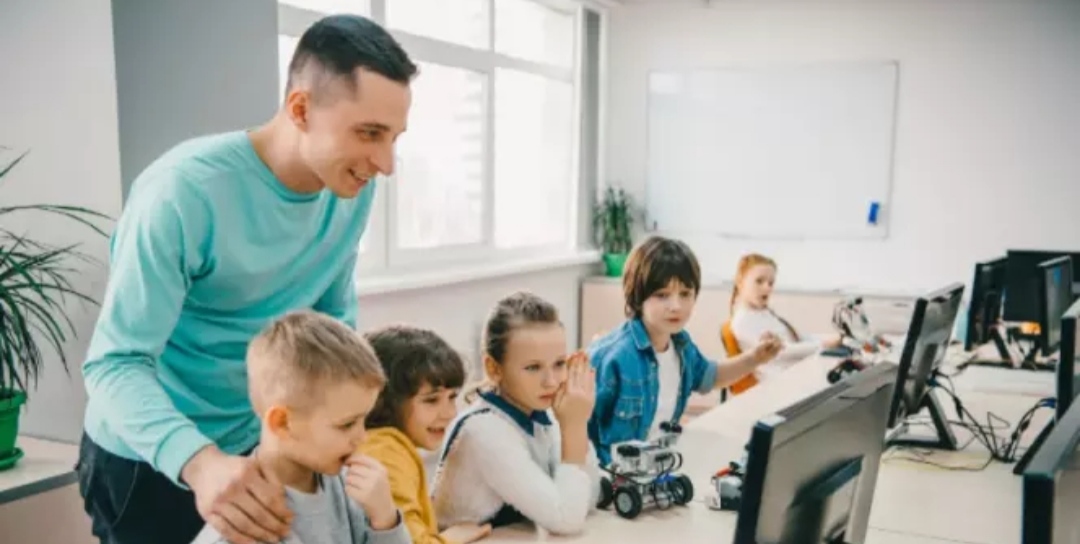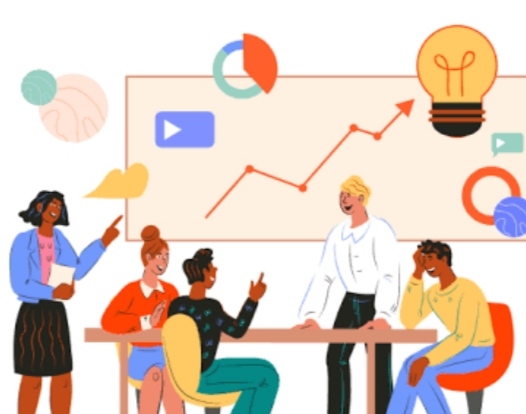What is the difference between personalized learning and individualized learning?
The term personalization and individualization are often used synonymously for differentiating instruction.
While both concepts support meeting students’ learning needs, they serve different purposes. For many educators, this conversation may seem like an exercise in semantics. Yet the differences in the practical usage of personalization and individualization can help improve instructional planning by teachers and be strategic in meeting the needs of all students.
Differentiation is the lens for the tools and resources for meeting learner needs. Personalization and individualization are approaches for providing the best conditions for the success of students achieving the learning goals.
It is best to start with a common structure for taking this dive into deeper learning through Differentiation. In practice, the definition of differentiation focuses on meeting the needs of all learners, beginning through assessments of where their skills currently stand. Lorna Earl explains the relationship between assessments and Differentiation best.
She states, “Differentiation is making sure that the right students get the right learning tasks at the right time. Once you have a sense of what each student holds as ‘given’ or ‘known’ and what he or she needs in order to learn, differentiation is no longer an option; it is an obvious response.”
Differentiation in Practice: Intuitive & Intentional
There are two approaches to practicing Differentiation: Intuitive and Intentional. When used together, the effective and efficient practice of personalization and individualization of instruction can take place.
Intuitive differentiation occurs ‘in the moment’ as instruction happens. Teachers make adjustments based on “how students respond—or do not react—to the plan (John McCarthy, So All Can Learn: A Practical Guide to Differentiation). A core skill of teachers is being able to adapt instruction when some students appear to be lost, or for learners who find the work to be not challenging.
Intentional differentiation happens during the lesson planning process. Preplanning enables teachers “reflecting on and implementing the elements of differentiation into lessons provides strategic support of student learning” (John McCarthy, 2017). If we know that students are likely to negatively struggle with an upcoming lesson, or have previously learned the targeted skills, then preplanning differentiation based on assessment data is necessary for greater chances of learner success.




